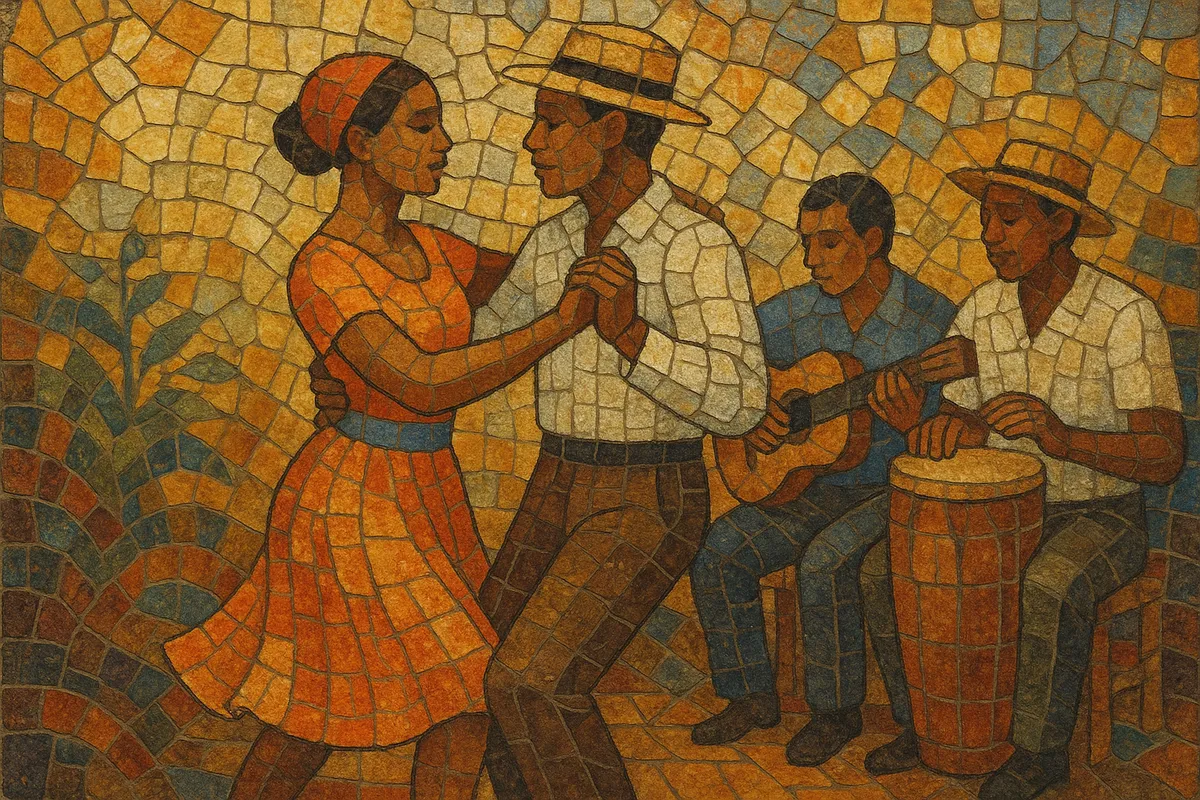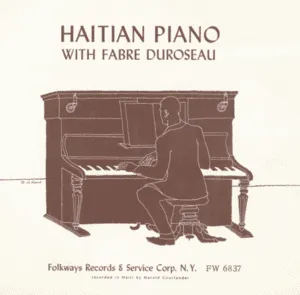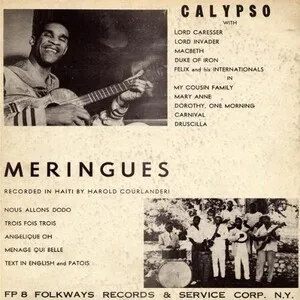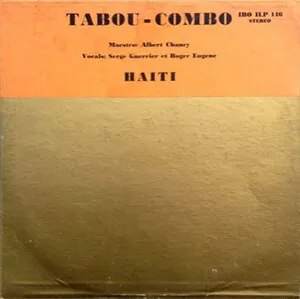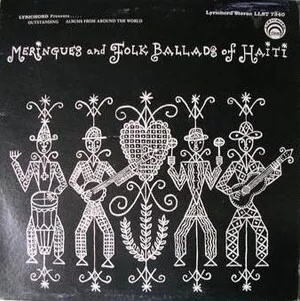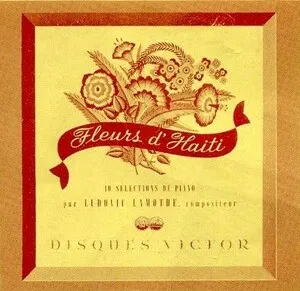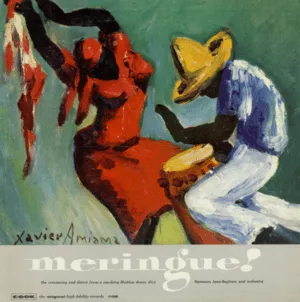Méringue is a 19th‑century Haitian couple dance and song form that became a national emblem of urban salon culture and public festivity. It blends European ballroom idioms with Afro‑Haitian rhythmic sensibilities, resulting in a graceful yet rhythmically buoyant style.
Typically notated in 2/4 (sometimes felt in a gentle 4/4), méringue features habanera- and cinquillo-like syncopations, lilting melodies, and a clear, songful lyricism. In salons it was often performed on solo piano or small chamber combinations; in public spaces and later dance bands it expanded to include guitars, banjo/banza, wind instruments, and Haitian drums.
Over time, méringue existed both as an elegant salon repertoire (méringue de salon) and as a lively popular dance music. Its rhythmic DNA and formal habits would later underpin modern Haitian dance genres such as compas direct and, by extension, influence the broader Caribbean dance continuum.
After Haiti’s independence (1804), urban salons and social dances flourished. Méringue crystallized in the 1800s from the convergence of French/European ballroom forms (contredanse/quadrille traditions, polka, mazurka, waltz) with Afro‑Haitian rhythmic practice, including patterns akin to the habanera and the Caribbean cinquillo. This synthesis produced a dignified couple dance with a distinctly Haitian rhythmic lilt.
By the late 19th and early 20th centuries, méringue circulated in two interconnected worlds. In the salon, composers and pianists crafted refined méringues for recital and domestic music‑making (méringue de salon). In popular settings—street festivities, carnival, and dance halls—the style emphasized percussion, call‑and‑response singing, and a more driving groove while retaining its elegant melodic sensibility.
With the rise of professional orchestras and jazz‑inflected dance bands in Port‑au‑Prince (1930s–1950s), méringue expanded in instrumentation (brass, reeds, guitar/banjo, bass, Haitian drums). Ensembles such as Jazz des Jeunes and Issa El Saieh’s orchestra recorded méringues, standardizing rhythmic feels and arranging practices that bridged salon poise with contemporary dance energy.
In the 1950s, méringue’s rhythmic language and binary dance structure seeded compas direct (kompa), which became Haiti’s dominant dance music. Through compas and related Haitian styles, méringue’s influence radiated into cadence rampa, cadence‑lypso, and later helped shape the Antillean zouk sound. Cross‑border exchanges also linked it historically to Dominican merengue, illustrating how méringue sits at the core of a pan‑Caribbean dance lineage.

